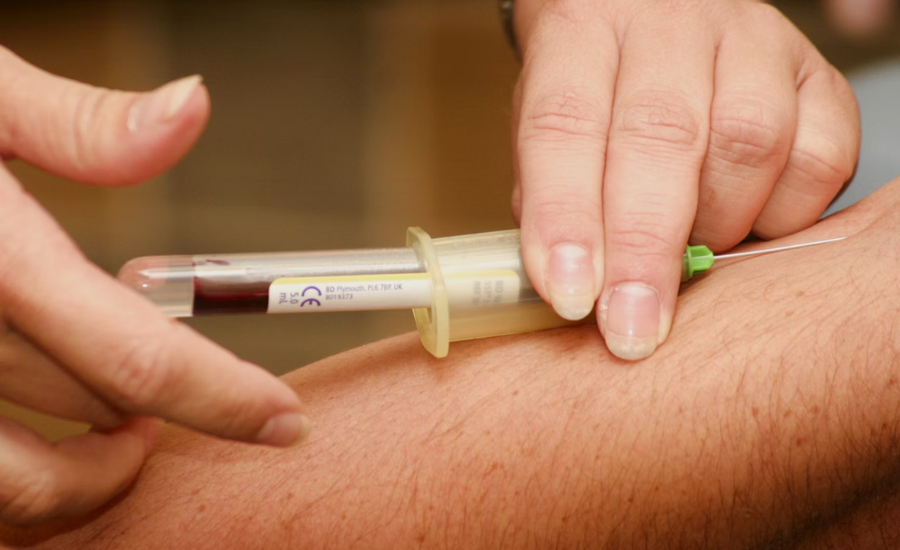The medical field thrives on constant progress. But this relentless pursuit of discoveries can sometimes lead to prioritizing speed over safety. Companies might rush products to market, neglecting crucial steps like thorough testing or quality control.
As a result, these devices could be released with insufficient safety data or hidden manufacturing flaws. The burden of these unknown, life-threatening risks falls on you, the consumer.
Behind the appealing marketing and exaggerated promises lies a harsh reality: many people don’t understand the potential dangers. However, in today’s times, you cannot take things at face value. You need to stay informed and vigilant.
In recent times, several faulty medical devices have been pulled from shelves for further investigation. Years between 2018 and 2022, saw over 13,000 recalled devices. These were linked to more than 5,000 reported adverse events.
We aim to guide you through this complex situation of faulty devices and recalls. We will also explore steps you can take to protect yourself.
Understanding Medical Device Recalls
When a medical device you rely on is recalled, it can be an unsettling experience. You may find yourself grappling with feelings of uncertainty and fear, wondering about the severity of the potential risks associated with your device.
To help navigate this complex terrain, the U.S. Food and Drug Administration (FDA) employs a three-tiered classification system for medical device recalls. These are based on the level of potential patient harm.
Class I recalls represent the most critical category, designated for devices that carry a significant risk of severe health complications or even fatality. These recalls often involve critical design flaws, malfunction risks, or potential for material incompatibility within the body.
Class II recalls, on the other hand, apply to devices that may cause temporary or reversible health problems. These include issues such as software glitches affecting functionality or minor manufacturing defects.
Finally, Class III recalls involve devices with a low probability of causing harm. For example, devices with minor labeling discrepancies or packaging issues that do not directly impact patient safety.
By prioritizing recalls based on the level of risk, the FDA ensures that the most concerning devices receive the swiftest attention, while also addressing less urgent issues promptly. Understanding this classification system can help you gauge the severity of a recall and make informed decisions about your health.
The Crucial Role of Communication in Recall Notifications
A well-defined communication cascade ensures all essential players in the healthcare system are promptly brought up to speed. This chain reaction can be triggered by the device manufacturer itself, or it can be mandated by the FDA. The primary goal is to disseminate critical information about the recall to healthcare providers, patients, and the public at large.
As a patient, you have the power to stay informed and proactive in managing your health during a recall. The FDA maintains a public database where recall information is available. You are to stay up-to-date on any developments concerning your device.
Healthcare providers can also transition into patient safety advocates by identifying patients implanted with the recalled device through electronic health record (EHR) review.
Once identified, providers should reach out to affected patients and explain the specific nature of the recall and the potential risks associated with continued use of the device. Communication regarding the recall should be personalized to reflect each patient’s specific medical background and current health status
Evaluating a Recalled Device’s Impact on Your Health
When faced with the news that a medical device you depend on has been recalled, it’s natural to feel a sense of trepidation and uncertainty. The first step is to gather information about the cause of the recall.
Was it triggered by a manufacturing defect, a design flaw, or a potential safety hazard? Understanding the root of the problem can help you better assess the potential complications and risks associated with continuing to use the device.
To make an informed decision, engage in a comprehensive risk-benefit analysis in close consultation with your healthcare provider. This evaluation should take into account the specific technical details of the recall, your unique medical history, and your current treatment plan.
Collaborating with your doctor can help you weigh the potential risks of device malfunction against your individual medical needs. Moreover, you can also explore alternative treatment options or device replacements if necessary.
It’s important to remember that continuing to use a recalled device can expose you to unforeseen complications.
The Bard PowerPort Recall: A Cautionary Tale
The Bard PowerPort recall serves as a sobering example of the potential dangers posed by recalled medical devices. It is a widely used implantable catheter for delivering chemotherapy and other treatments.
When the PowerPort was first launched, it was touted as a risk-free and effective solution, backed by a flawless safety record. Marketing materials painted a picture of a device that healthcare providers and patients could trust.
However, as time passed, a disturbing pattern of complications linked to device failure began to emerge. Reports detailed harrowing incidents of:
- Catheter breakage and movement within the body
- Punctured arteries
- Blood clotting (DVT)
- Strokes
- Collapsed lungs
TorHoerman Law emphasizes the severity of these complications, detailing the significant ways in which they have upended the lives of those affected.
To make matters worse, internal documents have surfaced suggesting that the company was aware of these potential risks before the device was released to the market. The core argument of the port catheter lawsuit centers around the allegation that the defendant prioritized financial gain over the safety and well-being of patients.
In March 2020, the FDA issued a Class 2 recall targeting three specific Bard PowerPort models. The recall was initiated after the company discovered that some devices might contain an incorrect tunneler component, designed to connect with a specific type of catheter. The potential mismatch in barb tip size could lead to longer-than-anticipated procedure times and increased patient risk.
For patients who had already received the recalled PowerPort devices, the decision to undergo risky removal surgery was a daunting one. The recall underscored the vital importance of close monitoring and open communication between patients and their healthcare providers.
Lessons from Medical Device Recalls
The Bard PowerPort recall, along with other high-profile cases, has exposed critical weaknesses in the medical device industry that must be addressed to ensure patient safety. Moving forward, we must learn from these experiences and implement meaningful changes to prevent similar incidents from occurring in the future.
One key area of focus should be strengthening the role of regulatory bodies as gatekeepers. The need of the hour is to implement more rigorous safety and efficacy testing procedures before devices are approved for market. Moreover, establishing robust post-market surveillance systems to monitor device performance in real-world settings can help identify issues quickly and minimize patient harm.
Open and transparent communication is another critical component of promoting patient safety. Manufacturers, healthcare providers, and patients all deserve prompt and clear information when device failures or safety concerns arise. Manufacturers must be held accountable for publicly sharing data on device performance and adverse events. This will empower patients and providers to make informed decisions.
Finally, regulatory bodies like the FDA must evaluate and optimize the recall process itself. It needs to collaborate with stakeholders to streamline procedures and ensure efficient communication during recalls.
In the end, while medical device recalls can be unsettling, they also present an opportunity to strengthen the healthcare system as a whole. The time is ripe to demand stricter regulations, prioritize communication, and actively monitor device performances. We need to work towards a future where innovation and patient safety go hand in hand.
As an informed and proactive patient, you have the power to advocate for your well-being and navigate the complexities of medical care with confidence.
Stay in touch for more updates and alerts visit: Buzz Lash!




